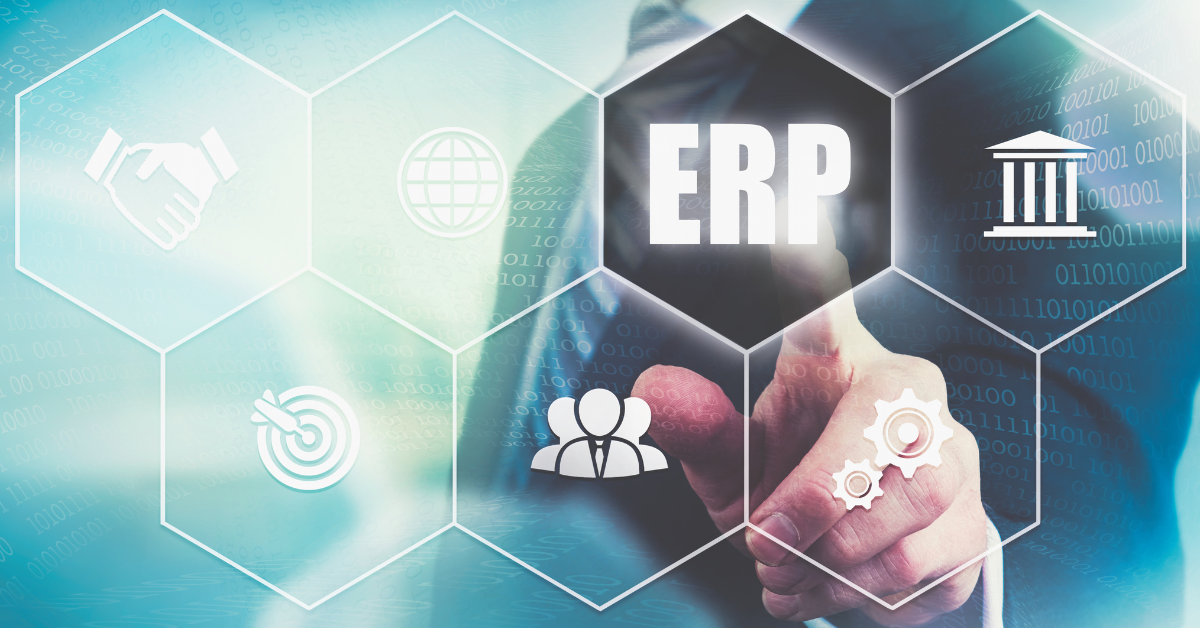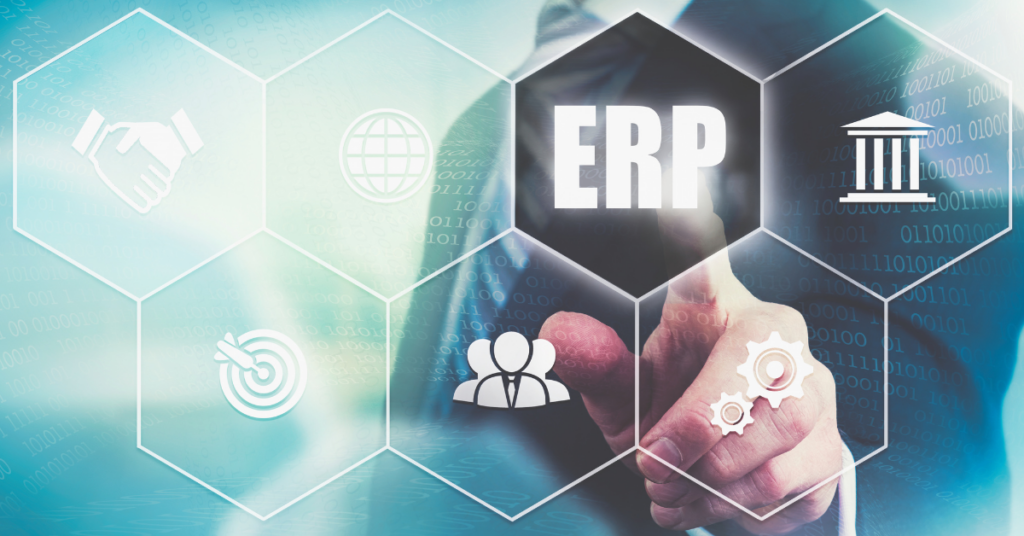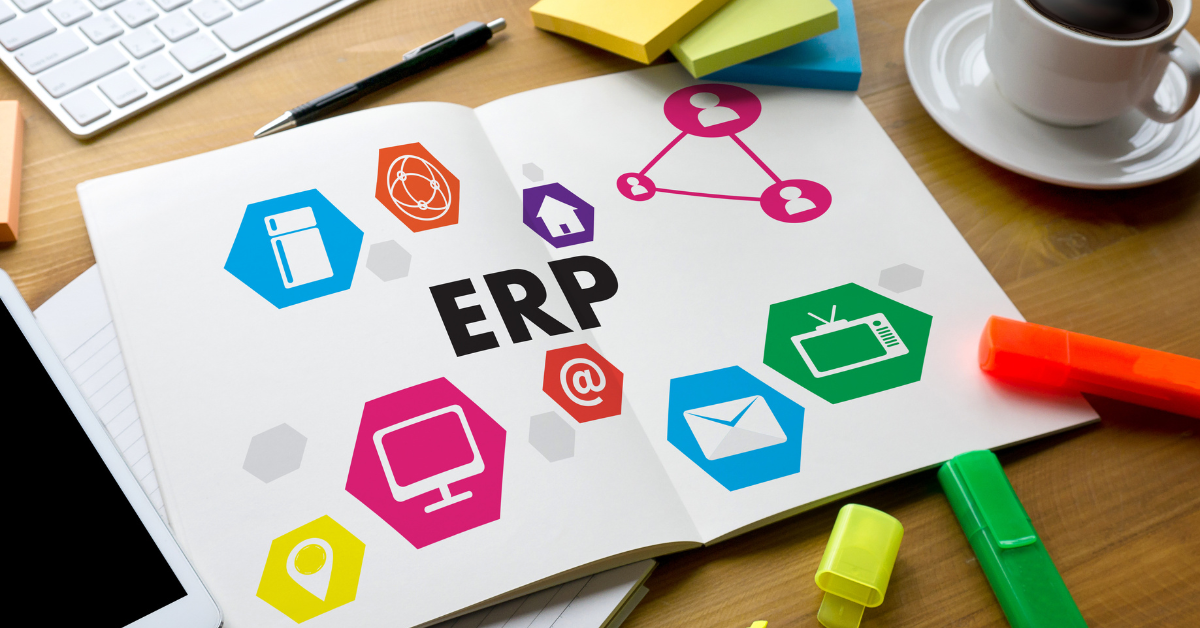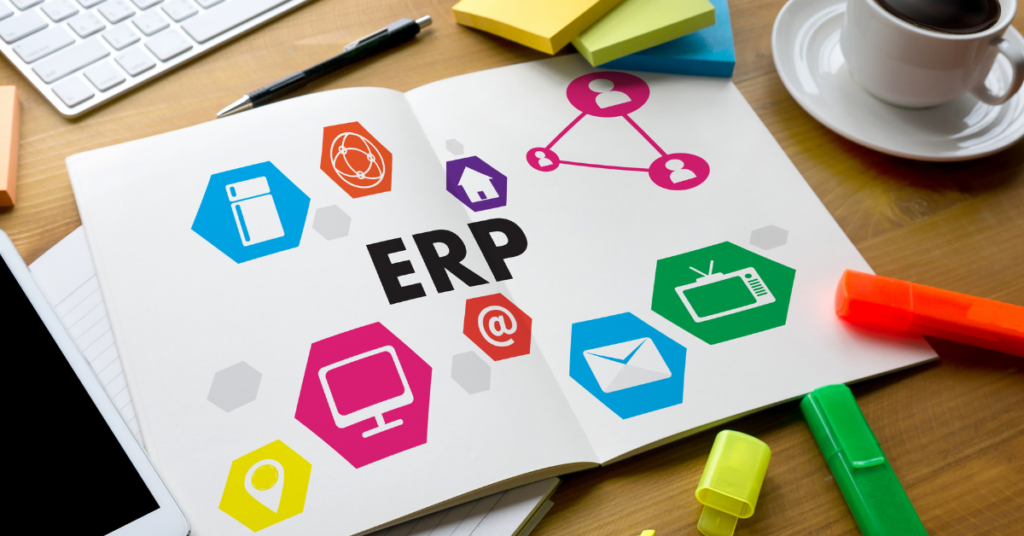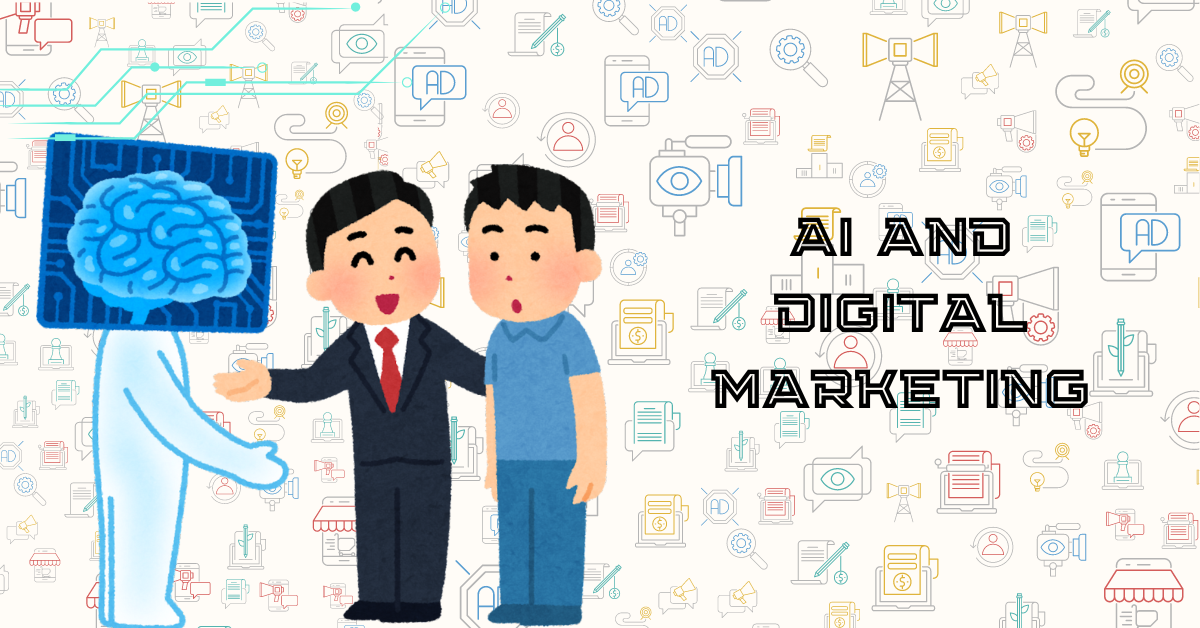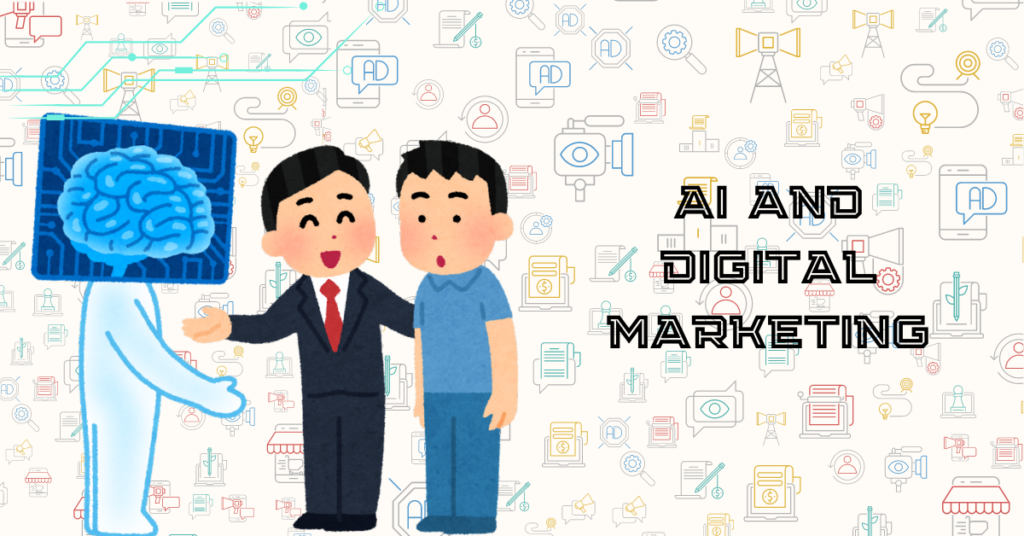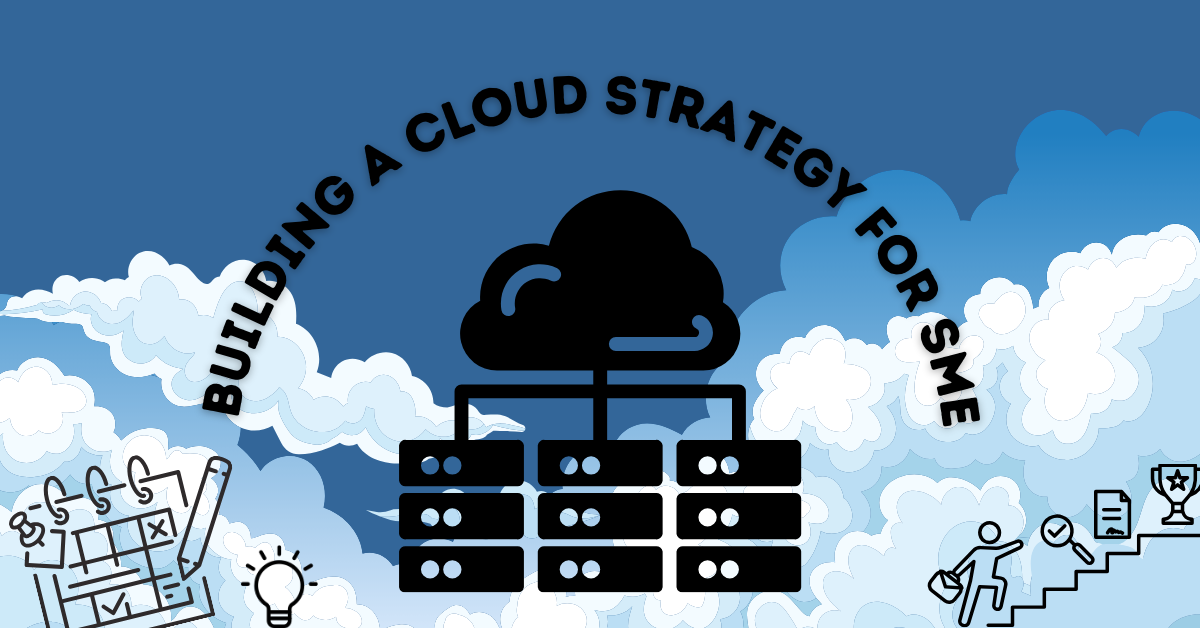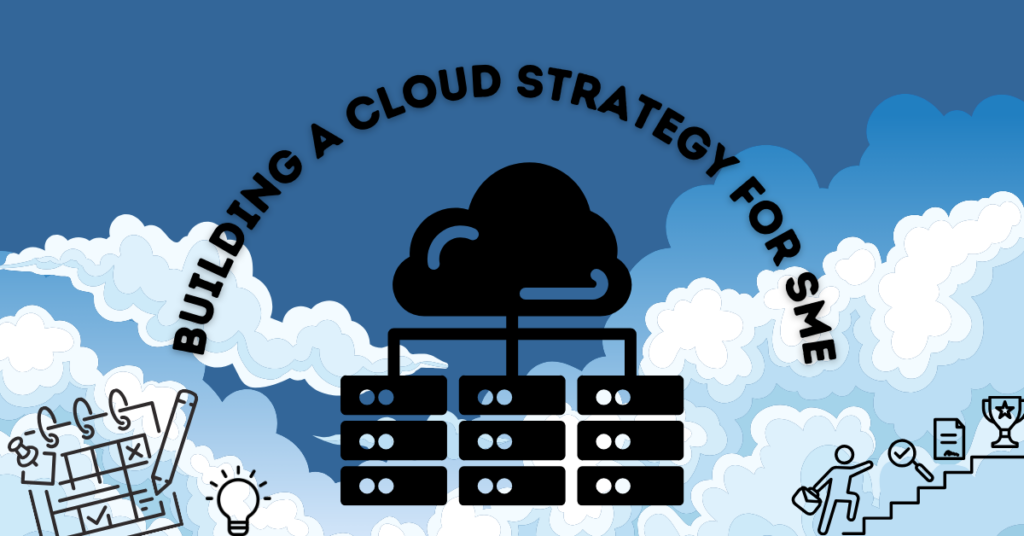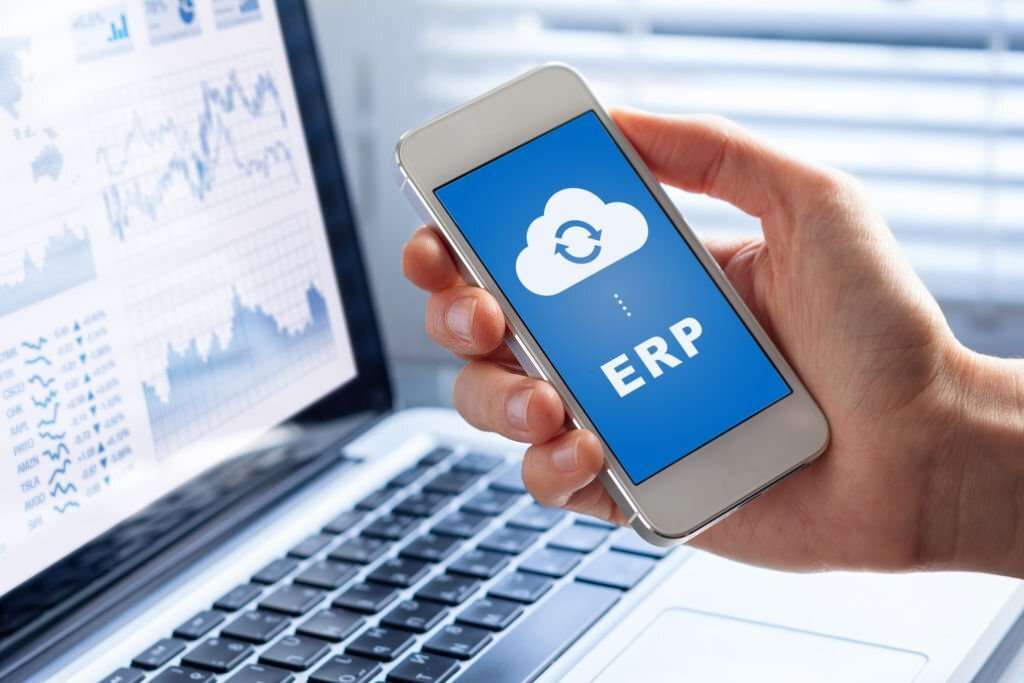
Best ERP Software for SMEs in India (2025 Edition)
In today’s fast-evolving business landscape, small and medium-sized enterprises (SMEs) in India are increasingly recognizing the importance of digital tools for growth. One of the most critical tools among them is ERP software – a solution that centralizes operations, automates processes, and offers real-time visibility across departments.
But with dozens of ERP solutions in the market, choosing the right one can be overwhelming. To make your decision easier, we’ve curated a list of the best ERP software for Indian SMEs in 2025, starting with a powerful homegrown solution: Vision ERP.
Why SMEs Need ERP Software in 2025
ERP (Enterprise Resource Planning) software is no longer just for large enterprises. Today’s SMEs need to manage increasing complexity from inventory and compliance to multi-location operations and customer expectations. Here’s how ERP helps:
- Real-time business insights
- Automation of repetitive tasks
- Smarter inventory control
- Scalable infrastructure for growth
- Better compliance and audit readiness
With cloud-based and AI-powered ERP systems becoming more affordable, SMEs now have access to enterprise-level tools at SME-level costs.
Vision ERP is a robust, AI-powered ERP solution designed specifically for Indian SMEs. Built by Proteus Technologies, this cloud-native software caters to diverse industries like pharmaceuticals, food processing, engineering, FMCG, and textiles.
Standout Features:
- AI-driven automation and predictive insights
- Fast implementation (go live in days)
- User-friendly, mobile-accessible interface
- Industry-specific modules for faster onboarding
- Real-time dashboards and reporting
Zoho One offers a comprehensive suite of cloud applications that functions as an ERP for startups and service-driven SMEs. It’s ideal for teams looking for quick deployment and easy usability.
Key Benefits:
- Budget-friendly
- Cloud-based and mobile-ready
- Strong CRM, HR, and finance integration
Tally has long been the go-to software for accounting in India. With the advent of Tally on Cloud, it has become a basic ERP alternative for SMEs focusing on inventory and financial management.
Why Consider It:
- Easy transition for existing Tally users
- Ideal for basic finance and stock control
- Familiar and simple interface
For SMEs that are scaling rapidly and require robust features, SAP Business One is a powerful ERP platform offering deep functionality and strong global support.
Strengths:
- Advanced reporting and analytics
- Strong integration ecosystem
- Best suited for manufacturing and distribution businesses
ERPNext is an open-source ERP developed in India, ideal for companies that prefer flexibility and in-house customization.
Notable Features:
- Modular structure with apps for CRM, HR, and Projects
- Suitable for manufacturing, retail, and education sectors
Active open-source community for support
The best ERP solution for your business depends on your industry, budget, and how fast you want to scale. While global tools like SAP and Zoho offer depth and brand recognition, Indian solutions like Vision ERP stand out for their speed of implementation, localized features, and industry-specific flexibility.
As we move deeper into 2025, SMEs that adopt smart ERP systems will have a clear edge in efficiency, decision-making, and growth readiness.
